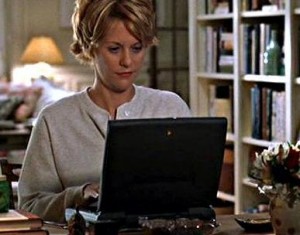What Nora Paid

“The rent was fifteen hundred dollars a month, which, by Manhattan standards, was practically a bargain. Trust me, it was. In addition, I had to pay the previous tenant twenty-four thousand dollars in key money (as it’s known in New York City) for the right to move in. I didn’t have twenty-four thousand dollars. I went to a bank and borrowed the money. No one in the building could believe that I would pay so much in key money for a rental apartment; it was an astronomical amount. But the apartment had beautiful rooms (most of them painted taxicab yellow, but that could easily be fixed); high ceilings; lots of light; two gorgeous (although non-working) fireplaces; and five, count them, five bedrooms. It seemed to me that if I lived in the building for twenty-four years the fee would amortize out to only a thousand dollars a year, a very small surcharge. I mean, we’re talking about only $2.74 a day, which is less than a cappuccino at Starbucks. Not that there was a Starbucks then. And not that I was planning to live in the Apthorp for twenty-four years. I was planning to live there forever.”
— — Continuing in the tradition of revisiting a writer’s body of work upon her death, please read this 2006 Nora Ephron essay — a love letter to her Upper West Side apartment. Ephron’s rent eventually underwent destabilization and she moved out of the Apthorp when offered a new lease for $10,000 a month. Today many of the units have been turned into condos selling in the millions, natch. Key money, by the way, is totally illegal.
Support The Billfold
The Billfold continues to exist thanks to support from our readers. Help us continue to do our work by making a monthly pledge on Patreon or a one-time-only contribution through PayPal.
Comments